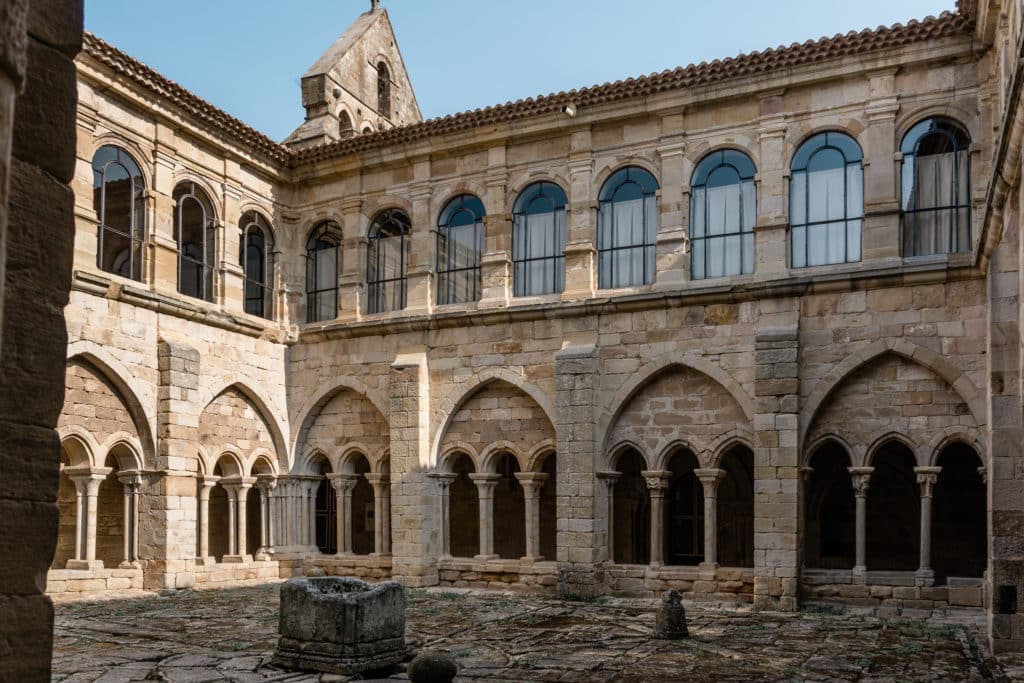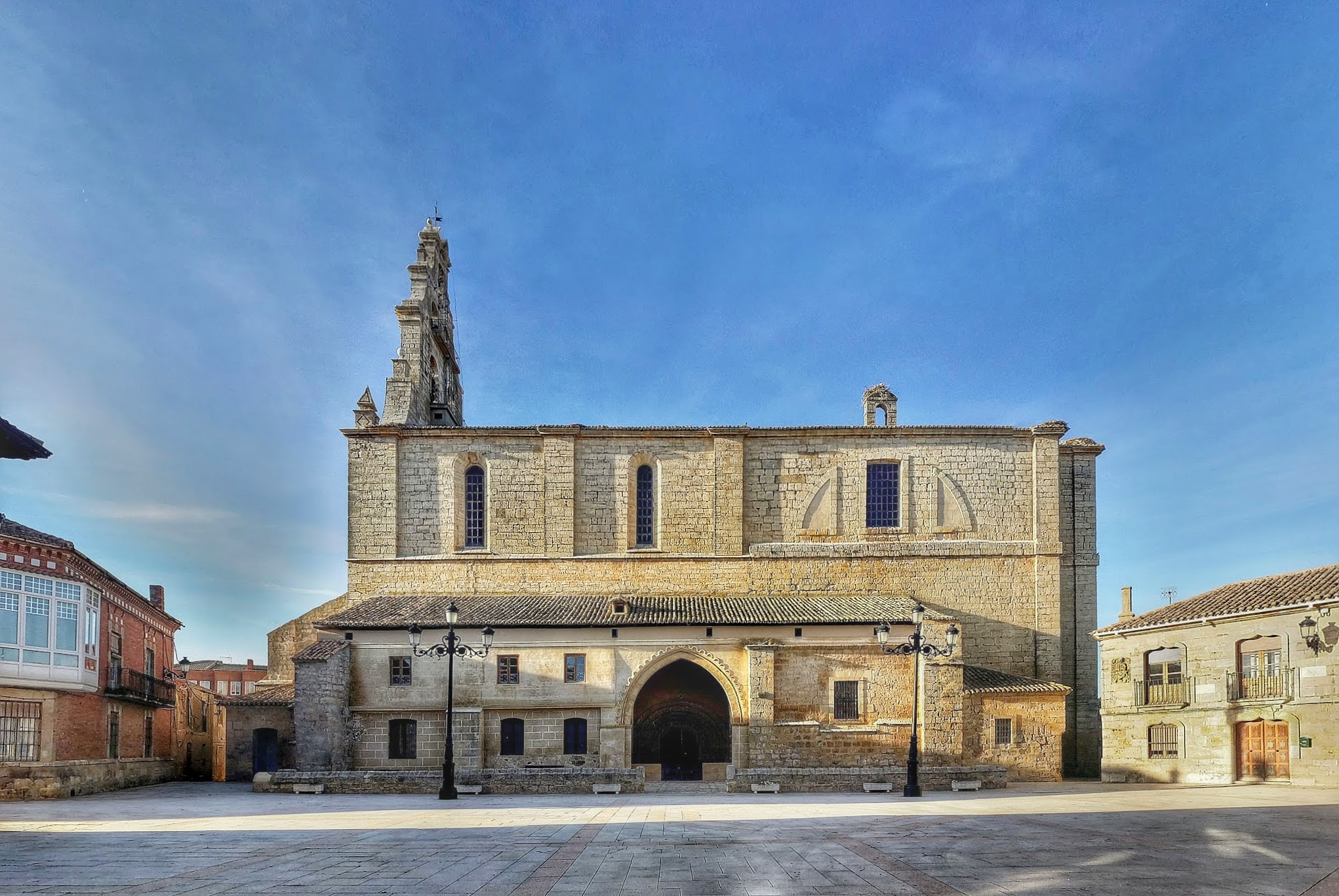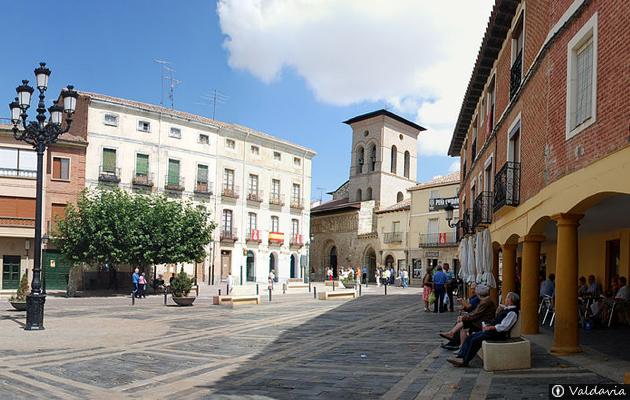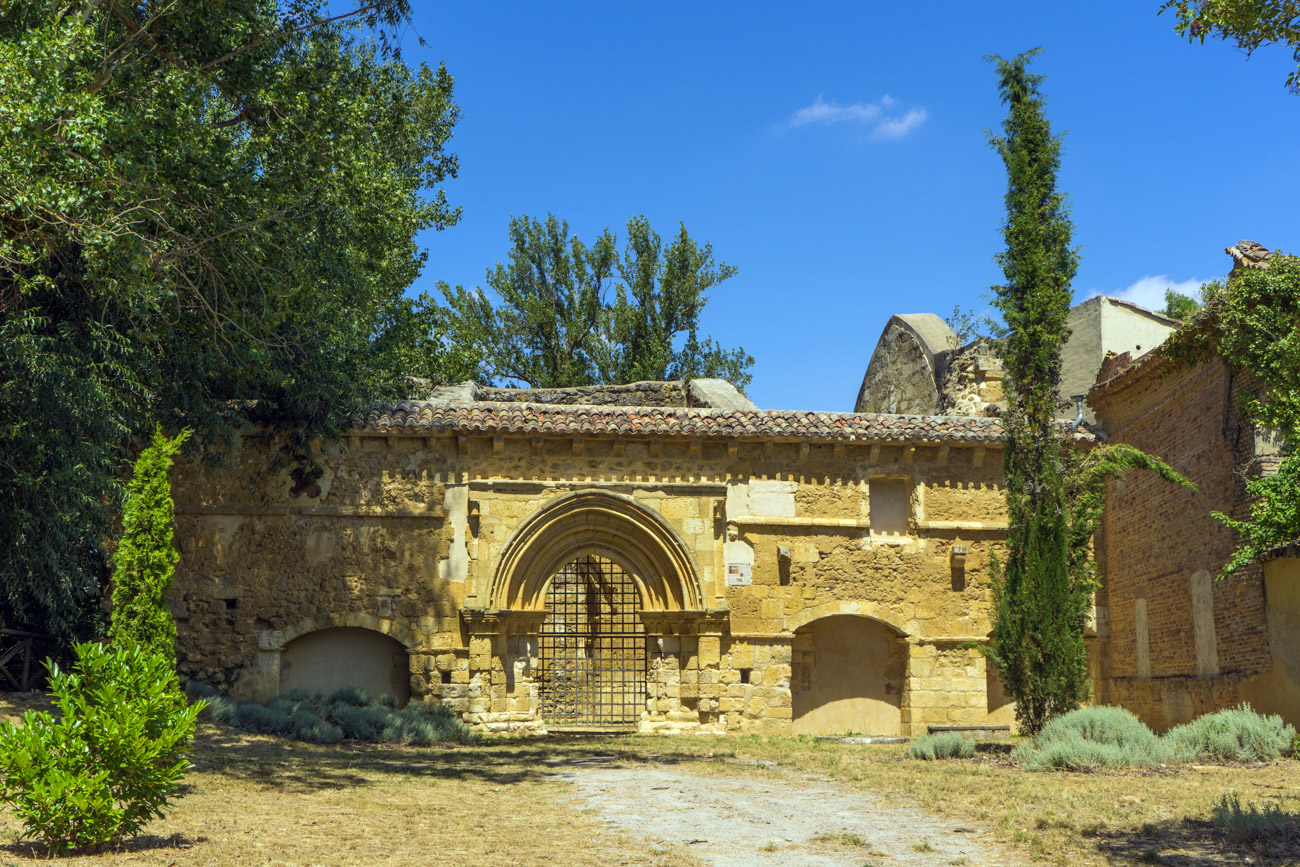
The Palentine Romanesque, one of the most important concentrations of Romanesque art in Europe

It is spread with great wealth near Villaherreros, in the province of Palencia.

This region, especially known as the "Land of the Romanesque"
El Románico Palentino
![]()

It is home to a large number of churches, monasteries and hermitages dating from the 11th and 12th centuries, when the Romanesque style flourished in the Iberian Peninsula.
Below are some of the most notable Romanesque places near Villaherreros:

1.
San Martin de Frómista
Just about 10 kilometers from Villaherreros is San Martín de Frómista, one of the jewels of the Spanish Romanesque. This church, built in the 11th century, is a perfect example of pure Romanesque, both for its structure and its decorations. It stands out for its basilica plan with three naves, its two cylindrical towers and its beautifully sculpted capitals. It is one of the most iconic churches on the Camino de Santiago.

2.
Santa María la Blanca of Villalcázar de Sirga
Located about 15 kilometers from Villaherreros, this impressive church was an ancient Templar enclave. Although it has Gothic influences, it preserves Romanesque elements in its structure, and its historical importance makes it a relevant stop on both the Camino de Santiago and the Palencia Romanesque route. Its façade and its altarpiece are particularly notable.

3.
Church of San Pedro in Amusco
About 20 kilometers east of Villaherreros, the town of Amusco is home to the Church of San Pedro, of Romanesque origin, although with later Gothic additions. The remains of the Romanesque apse and its tower stand out, known as the “Giralda de Campos” for its slenderness and stylistic similarity with the famous tower of Seville.

4.
Carrión de los Condes
Just over 10 kilometers from Villaherreros, Carrión de los Condes is an authentic treasure of the Palencia Romanesque. Among the most important monuments are:
– Church of Santiago, with its spectacular sculpted frieze on the façade, which shows biblical scenes and figures of the apostolate.
– Church of Santa María del Camino, a Romanesque temple with ornamental details characteristic of the time.
– Monastery of San Zoilo, which although it is mostly Gothic and Renaissance, preserves Romanesque vestiges, especially in some of its capitals.

5.
Nogal de las Huertas
This small town near Carrión de los Condes preserves the remains of the Monastery of San Salvador, which was one of the first monasteries built in Romanesque style in the province of Palencia. Although today it is in ruins, it remains a point of interest for lovers of medieval art and history.
Characteristics of el románico palentino:
![]()
El románico palentino is characterized by the simplicity and solidity of its forms,
with a predominance of churches with a basilica or Latin cross plan. The stone walls are thick, and semicircular arches and barrel vaults are recurrent. The decorations usually focus on the capitals of the columns, the doorways and the cornices, where we find reliefs with biblical motifs, plants, animals and stylized human figures.

Routes of románico:
![]()
The province of Palencia offers several thematic routes to discover its Romanesque.
One of the most notable is the Northern Romanesque Route, which covers a large part of the north of the province and where towns such as Aguilar de Campoo and Cervera de Pisuerga are located. However, there is also an important group of Romanesque churches and monasteries in the area closest to Villaherreros, as we have mentioned.
In summary, the area around Villaherreros is immersed in an environment full of Romanesque architecture of great artistic and historical value. This legacy forms an essential part of the cultural identity of the province of Palencia and is a testimony to the splendor of Castile in the Middle Ages.

